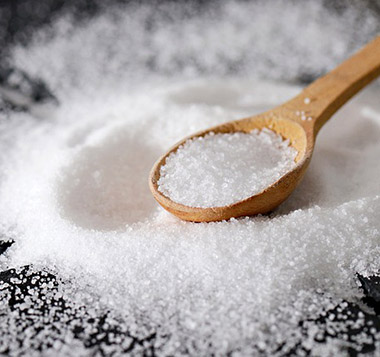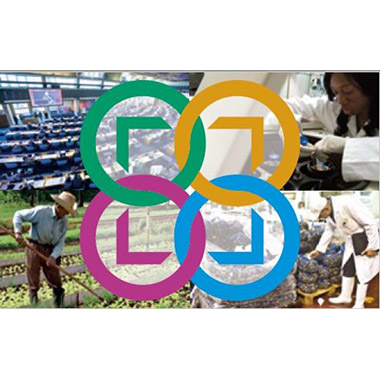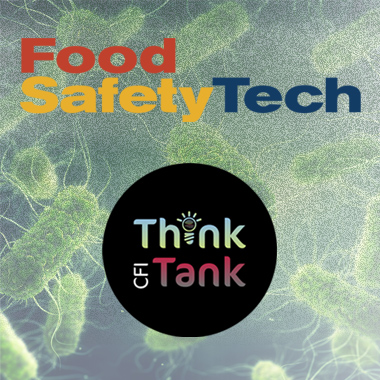

Coaching is a powerful addition to the classic training and education model. In this article, I will explain what coaching is, how it differs from training, some key benefits and evidence of its effectiveness for food industry professionals.

Coaching is a powerful addition to the classic training and education model. In this article, I will explain what coaching is, how it differs from training, some key benefits and evidence of its effectiveness for food industry professionals.

The FDA plans to amend the standards of identity (SOIs) to permit the use of salt substitutes in foods for which salt is a required or optional ingredient, and is requesting comments on potential salt substitutes that may be used as a result of the new flexibility provided in the proposed rule.

The Food and Agriculture Organization of the United Nation (FAO) has published its Strategic Priorities for Food Safety 2022-2031, which were developed to “support members in continuing to improve food safety at all levels by providing scientific advice and strengthening their food safety capacities for efficient, inclusive, resilient and sustainable agrifood systems.”

Applied to surfaces, SHS has been shown to kill pathogens without leaving moisture or condensation. However, little is known about its performance on a pilot scale. A new research project from Abby Snyder, Ph.D., of Cornell University hopes to fill this void.

Lisa Hovey, who joined IAFP in 1997, will replace David Tharp, who will officially retire on April 26, after 30 years with the Association.

Citing six listeriosis outbreaks in the past decade, the FDA has released a new strategy and manufacturer fact sheet aimed at reducing foodborne outbreaks and illness associated with the consumption of soft fresh Queso Fresco-type cheeses.

Food Safety Tech is requesting abstracts for the 11th Annual Food Safety Consortium, which will take place October 16-18, 2023, at the Hilton in Parsippany, New Jersey. The deadline for submissions is March 31.

Food processing bottlenecks are a persistent problem in the industry. Although there’s no immediate solution, deploying the right technologies can help companies make long-term gains.

Whole genome sequencing (WGS) has become a powerful tool to track the origins of foodborne illness, but if industry views WGS simply as a tool for regulators, it is missing out on a valuable instrument to improve food safety within its facilities.

Food inflation can make it more difficult to maintain food product quality, safety, and transparency and lead to an increased risk of food fraud. Manufacturers and suppliers must remain extra vigilant and take proactive steps to mitigate the risks posed by stubbornly high food inflation and increasingly complex supply chains. The following four steps are key to protecting your products and your business.